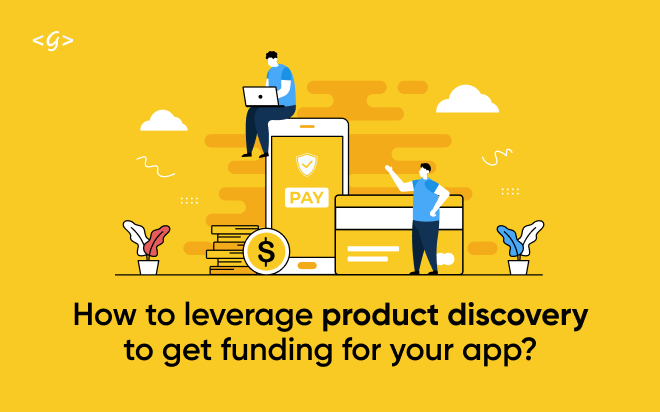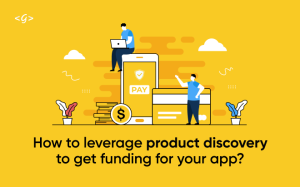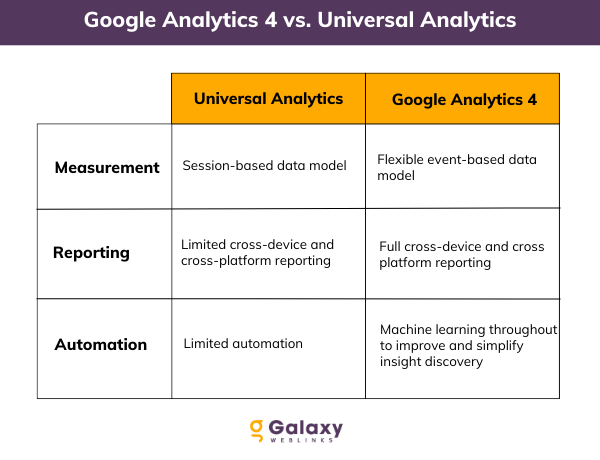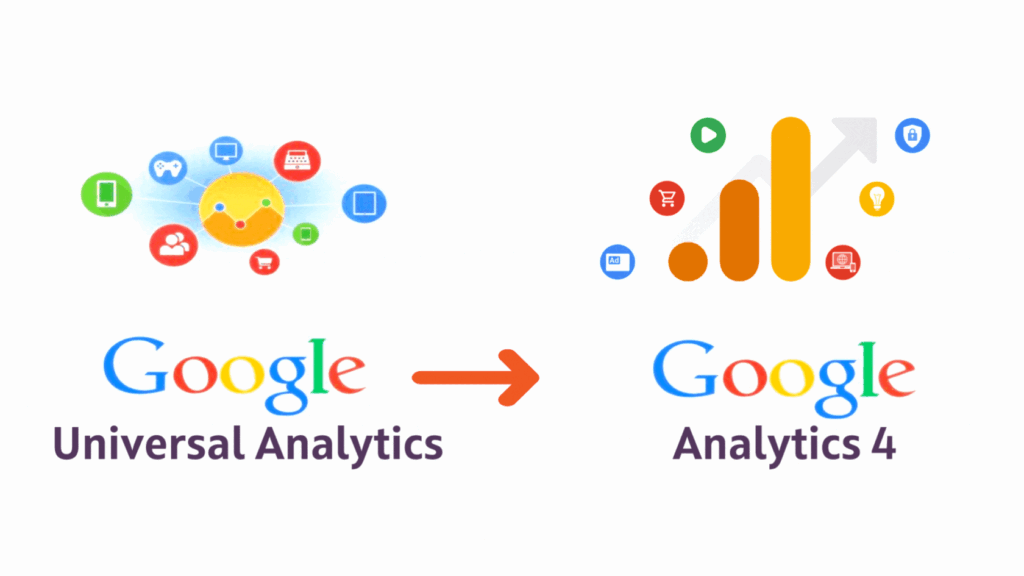With numerous apps rolling down the industry daily, it’s essential to make the app survive and significantly impact this competitive market. So, how can one greatly influence a wider variety of prospects than at any other time in history? It takes more than just an idea to create a cutting-edge app. Getting funding for the project is equally of utmost importance. Only the right investments will ensure that your winning apps actually win the market.
According to McKinsey, 17% of IT projects fail the business trying to execute them. According to CB Insights, poor market, product, development, and consumer research lead to a product’s failure in 35% of cases.
Before pitching investors your business or app idea, you need to put in some effort. Investors want to know that you have given your concept some serious thought, so a basic idea won’t cut it. IDC predicts that in 2023, infrastructure and service investment for public clouds would nearly double to $500 billion globally. This is where product discovery can make a world of difference.
Using product discovery, businesses can assess whether a potential product concept is viable on the market. Product discovery justifies why your product should exist and determines who will use it instead of creating solutions to challenges that nobody currently faces. Additionally, it brings about the possibility of attracting new investments quickly.

What is Product Discovery?
Product Discovery is a process that helps product teams initiate project development to better understand your customer(s) and their problems. In a nutshell, you put your idea to the assessment in terms of how well it really works to solve issues and live up to user expectations.
The primary goal of the discovery phase is to validate your assumptions and ideas about the app and mitigate your risks. Based on the data gathered, you can refine your idea and find the best approach to address their challenges and deliver a solution that meets the users’ expectations and demands. It often involves consumer research, market research, mockups, prototypes, and even the development of preliminary functional products.
The aim is to:
- Recognize and identify users’ existing problems.
- Validate the team’s proposed solutions.
- Deliver solutions that actually meet users’ and consumers’ expectations.
- Minimize risks that might arise before, during, and after product development.
You will find yourself being tugged in many different directions by stakeholders and customers if you don’t know exactly who you are targeting as your customer. You need a product discovery to offer you a solid foundation. You will benefit from presenting a better possibility, and the business will benefit from a more significant return on investment.
How Product Discovery Can Help You Get Investments?
01- IDEA VALIDATION ENSURES FASTER CREATION OF A PREMIUM PRODUCT
When a business idea is validated, you can assess whether any flaws might lead to significant returns, discounts, fixes, or replacement expenses. According to Business of Apps, the cost of developing a simple app can range from $32,000 to $48,000, while the cost of developing a complicated app starts at $72,000. Over 80% of mobile apps need 3 months or more to build, according to a survey by Outsystems. That is just another way of explaining that idea validation for your app will sometimes shield your business.
Investors get a sense of affirmation from product discovery that you will develop products or services that will address the issues your potential customers may have. Additionally, a business may already use a similar model on the market, or it may be excessive and complex for a potential client to grasp. However, product discovery allows you to test your idea, which lowers the risk before investing time and money in an unsuccessful venture. Moreover, incorporating a sharp vision into development will assist you in reducing time to market (TTM).
Key Takeaway- Product discovery serves as a methodical approach to verifying that the problem and the proposed solution you’ve defined align with what customers are willing to pay the price for. Investors get a sense of validation with product discovery as it lowers risk, accelerates the market launch of a value-adding service, and cuts expenses.
02- STREAMLINES PROJECT BUDGETING MORE ACCURATELY
According to **Fortunly, 18% of businesses fail because of cost overruns, and the product discovery process might help you avoid this. It will enable you to gather an accurate estimate of the project’s specific scope, preventing the possibility of transpiration that the product cost ends up being much more significant than anticipated due to unanticipated shifts in the scope or hidden complications. It can spare developers from completing extra work and reduce project delivery costs and time.
Not only will the product discovery increase your chances of getting an investment, but it will also enable current stakeholders to resolve any crucial issues before the start of development. To put it another way, you can set up a process for what you’re developing and how you will make it if you grasp the potential of your product.
Key Takeaway- A detailed timeframe and an in-depth budget projection are both enhanced by the product discovery process. It prevents falling short of covering necessary costs and lowers the chance of earning less than expected.
03- GET A PRODUCT OUT THE DOOR QUICKLY
Spotting potential pitfalls early on and understanding how to avoid them, as well as making it clear what you’re developing and why product discovery will help you release a product more efficiently and quickly. You will save time in the long run if you take the effort to grasp the product needs slightly earlier. Product discovery aims to eliminate repetition and guesswork from product development and delivery by continually checking for hundreds of frequent change points.
With product discovery, making a choice is simpler if you think about everything your app has to accomplish, including scalability, function as expected, and connecting to data and other systems. All desirable features may be included later as the product gains momentum in the market. Therefore, the discovery analysis carried out at the start of the discovery phase will help you prevent various flaws and faults while saving money on additional development.
Key Takeaway- Companies that are keen to capitalize on emerging market trends must release products fast to the market. If you use product discovery early in the development process, you can exceed customer expectations and outperform your competitors with quicker development timelines.
04- MINIMIZE DEVELOPMENT RISKS AND DELAYS
According to the Ministry of Statistics and Programme Implementation, 664 projects were delayed, while 425 out of 1,579 reported cost overruns.
Each investor has a unique level of risk tolerance. It goes without saying that low-risk applications are more likely to receive investment than high-risk ones. By doing product idea analysis as part of the discovery phase process, you can spot apparent risks, provide strategies to manage them, and lower the possibility of unexpected issues throughout the product development process.
Product discovery lays a significant focus on disclosing risks, from missed deadlines and delayed releases to low demand for planned product enhancements to price wars with competitors. You can avoid making risky decisions by thoroughly undergoing product discovery before kicking off the development process.
Key Takeaway- The discovery session provides you with a range of crucial hypotheses and minimizes the risk of paying extra unnecessary expenses or delivering a product that doesn’t satisfy the needs of the target market.
05- PRIORITIZING THE MOST IMPORTANT FEATURES
Which aspect or element of your app is most crucial? Which one should you start with? Prioritization is a tough nut to crack in product development. However, the product discovery phase makes it easier to validate the functionalities that will be used the most frequently and bring in the most revenue. Your priority will be clarified by actual user data regarding their problems and expectations. You can work with stakeholders to set the product backlog’s priorities with the help of user input.
Key Takeaway- With product discovery, investors can know what the app can deliver from the start, allowing them to prioritize the most important features with significant parameters. It allows the team to focus on creating something that provides genuine value to customers.
Wrapping It Up
Most app businesses fail due to a lack of investment, as accessing investors can sometimes be challenging. However, product discovery will help narrow down the appropriate investors for your product, as its primary objective is to gain a deeper understanding of business objectives and requirements. This makes it possible for you to lay the groundwork for your mobile app development that will satisfy your company goals and start turning a profit right away. Needless to say, you should do some preliminary research before pitching your business concept or app proposal to investors. Investors will undoubtedly invest in your project if it appears groundbreaking to them.
Galaxy Weblinks has expertise in building software from the get-go, including serving clients through the discovery stage of a software project for a wide range of industries and delving deeply into your product concept and context while providing effective discovery consulting. Contact us, and we’ll assist you in every step of the product discovery process. We believe that a product’s success depends not only on its original concept but also on how well it is put into practice.















